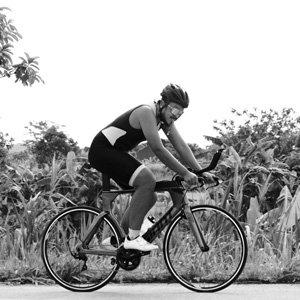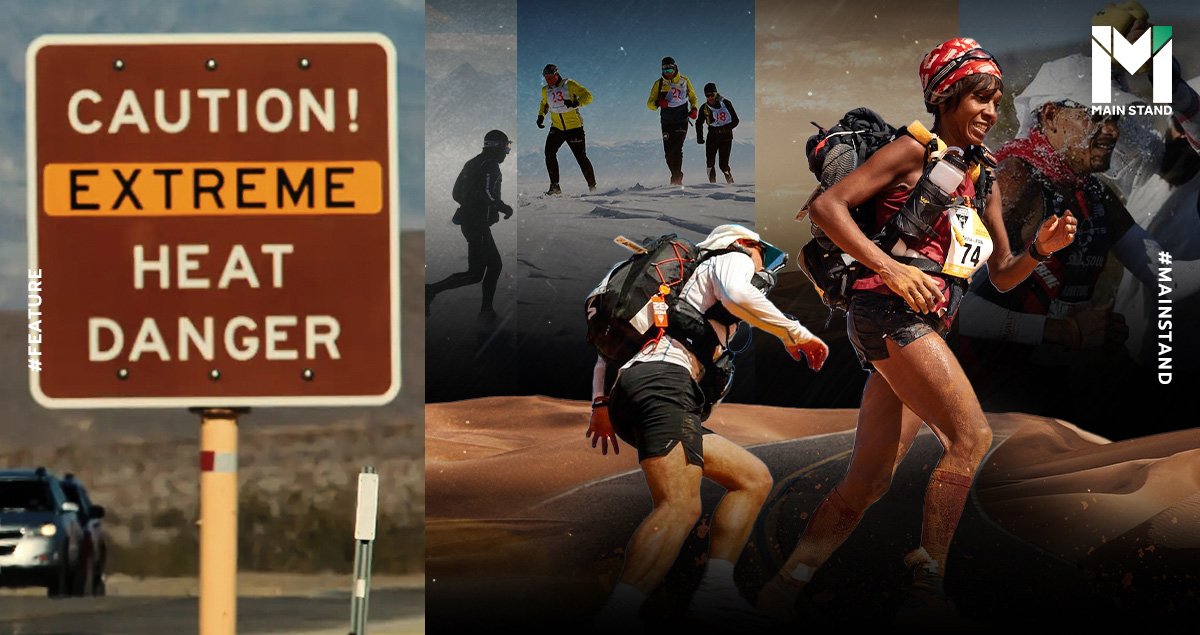
Running a full marathon distance of 42 kilometers is already mentally and psychologically demanding as it is. However, consistently pushing past our limits is part of human nature, and we always seem to have the need to find something even more challenging to prove our prowess.
Here are the seven most brutal marathons in the world and the obstacles which make them so daunting.
1. Siberia Marathon: Cold to your soul
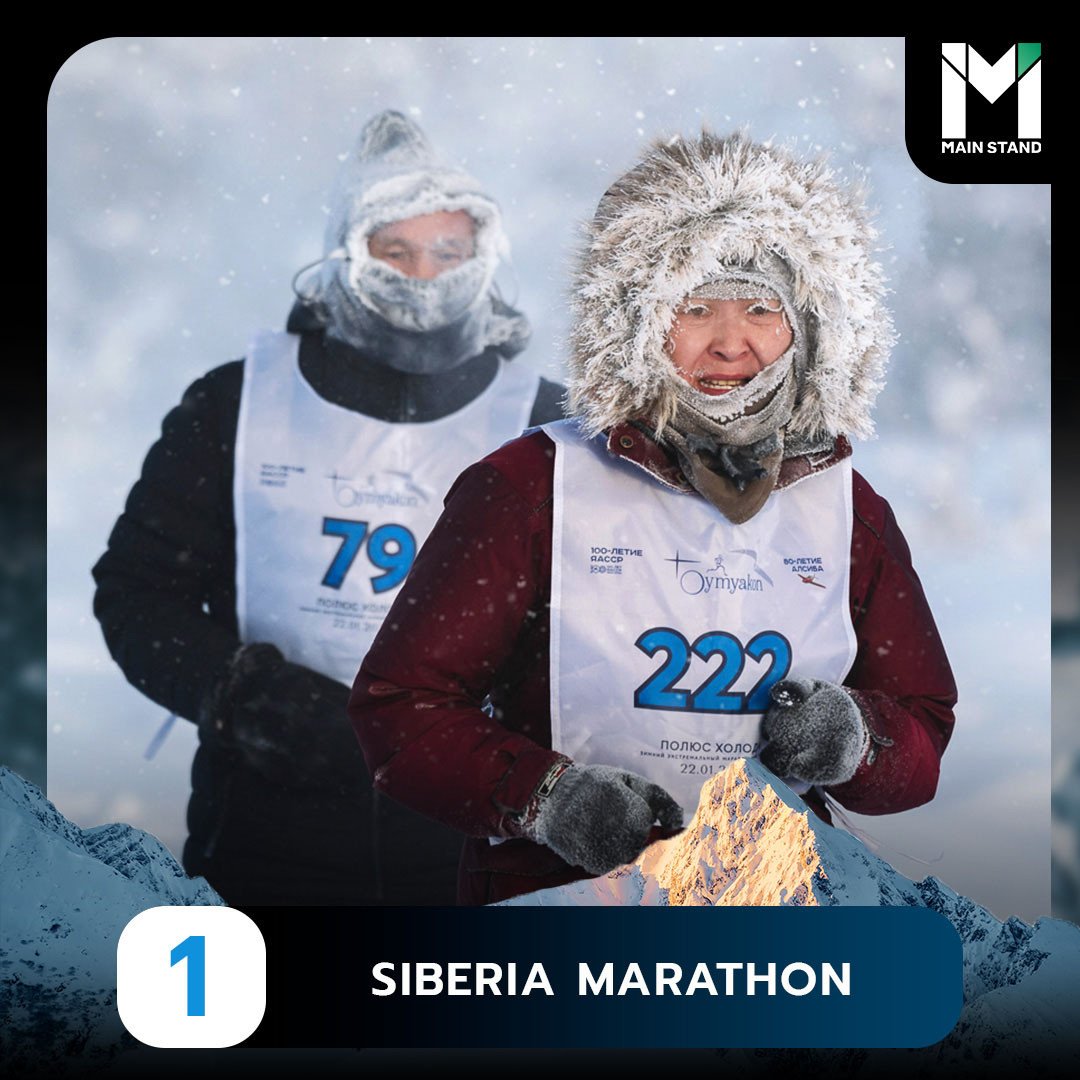
We open our list in ice-cold Siberia, with subzero temperatures and one of the most demanding environments in the world. This event also just broke a new world record in 2022.
The Siberia Marathon is held in many regions, but the Republic of Yakutia, Russia was where the new world record was made in the latest marathon in January 2022. At that marathon, the 65 competitors were subject to temperatures of minus 53 degrees Celsius, breaking the record for the coldest marathon ever.
Besides feeling the very harsh temperatures against your skin, running in such low temperatures poses a significant danger to one's lungs. Because of the arid and cold wind, breathing could cause inflammation and irritation in the chest. That’s the reason why the runners competing are mostly from Russia, Belarus, Scandinavia, or the northern regions of America, whose bodies have already gotten used to temperatures of minus 30-40 degrees.
For anyone wanting to test their body in this event, you can enter with a fee that costs around 660 Thai baht, and potentially earn a prize of around 100,000 rubles or 42,000 Thai baht.
2. Barkley Marathons: Expect the unexpected
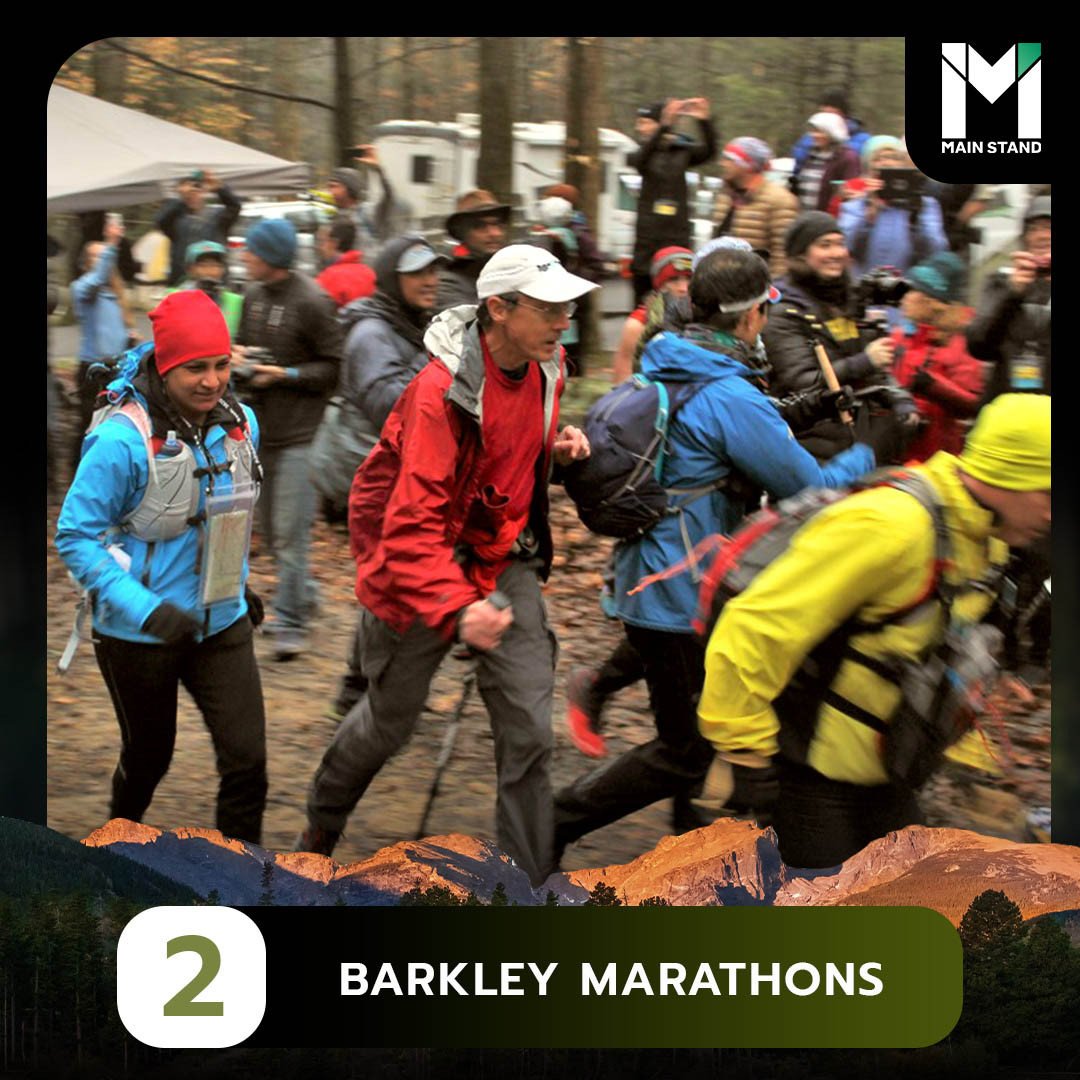
Barkley Marathons is a trial ultra marathon in Tennessee, United States. Even though you have to pay to enter, there is no prize reward for the winner at all. This already sounds niche enough, but there’s far more to it.
Although the program uses the name “marathon”, in reality, the distance of the race is divided into two categories: a ‘fun run’ which is more than 97 kilometers, and a full marathon which has a total distance of 160 kilometers and a time limit of 60 hours. Not everybody can race in this program despite how fit they are, because runners have to go through qualifiers which are held by the organizer. Regardless of how many people register, only 40 are allowed to compete in the final round.
Most intriguingly, the organizer doesn’t tell participants precisely what lies ahead of them in the 24,000 acres of Head State Park. However, they do know that there will be a lot of steep slopes and difficult weather conditions. Some years, the contestants needed to run across five mountains, which have a total incline distance of even more than Mount Everest!
However, that isn’t even the hardest and strangest part of this race. Runners are told merely to gather at the rendezvous point between midday and midnight on the day of the race, but nobody tells them exactly when it is going to start. Instead, participants must carefully look for the signal themselves. Some years there might be a shell horn, but once there was even someone “lighting a cigarette” to signal the start of the race.
To top that up, the runners must make their map of the terrain, and it can only be handwritten. There will be no help throughout the route, and they only have two water spots throughout the race.
For someone who might want to try their luck on this one-of-a-kind race with no prize reward, you can send the application letter attached with the fee of $1.6USD, which is only around 55 Thai baht. However, this is just the application fee; whether or not you will be able to compete is up to the organizer's decision, and if you do make it, you will have to shell out some more. If you’re all set and ready to race, you will now be called “The virgin of Barkley Marathon” and you just have to wait for this brutal race to start…. but the question is, when?
3. Marathon des Sables: An unforgettable experience
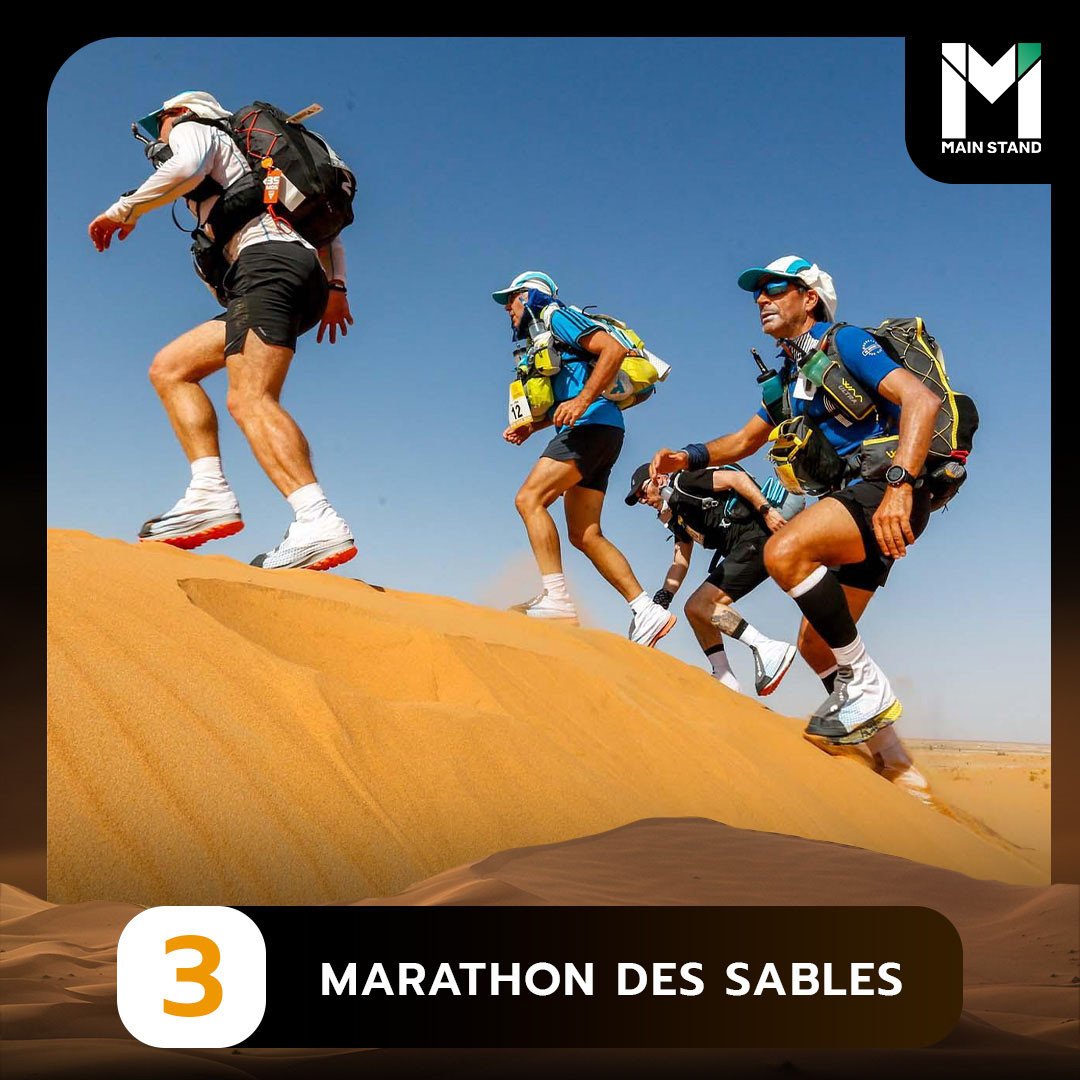
Marathon des Sables is held in the middle of the Sahara desert in the south of Morocco with a temperature of at least 39 degrees Celsius. It takes place over hot sand over 251 kilometers and is divided into six stages that take almost two weeks to complete, including rest days.
The organizer sets up tents to assist the participants throughout the way and provides a water cart once a day, though the participants must carry their own if they want extra. There are also paramedics to check up on the runners three times a day. The hard part is that participants must calculate the amount of food they will carry along, which could weigh around 7-15 kilograms.
“With temperatures regularly reaching 50ºC, those brave (daft) enough to take park will run, stumble, burn, stink, blister, hallucinate, weep, and bleed the whole way as they carry all their gear and food they need for the race. Drop a gel and lose it in the sand? There isn't a gel station or friendly supporter with jelly babies ahead on the course,” Runner’s World said on their website about its brutality.
This competition can be traced back to its very inaugural run in 1986 and has been very popular since, with more than 1,000 people participating each year.
4. Antarctica Marathon: ฿500,000 application fee with no guarantees
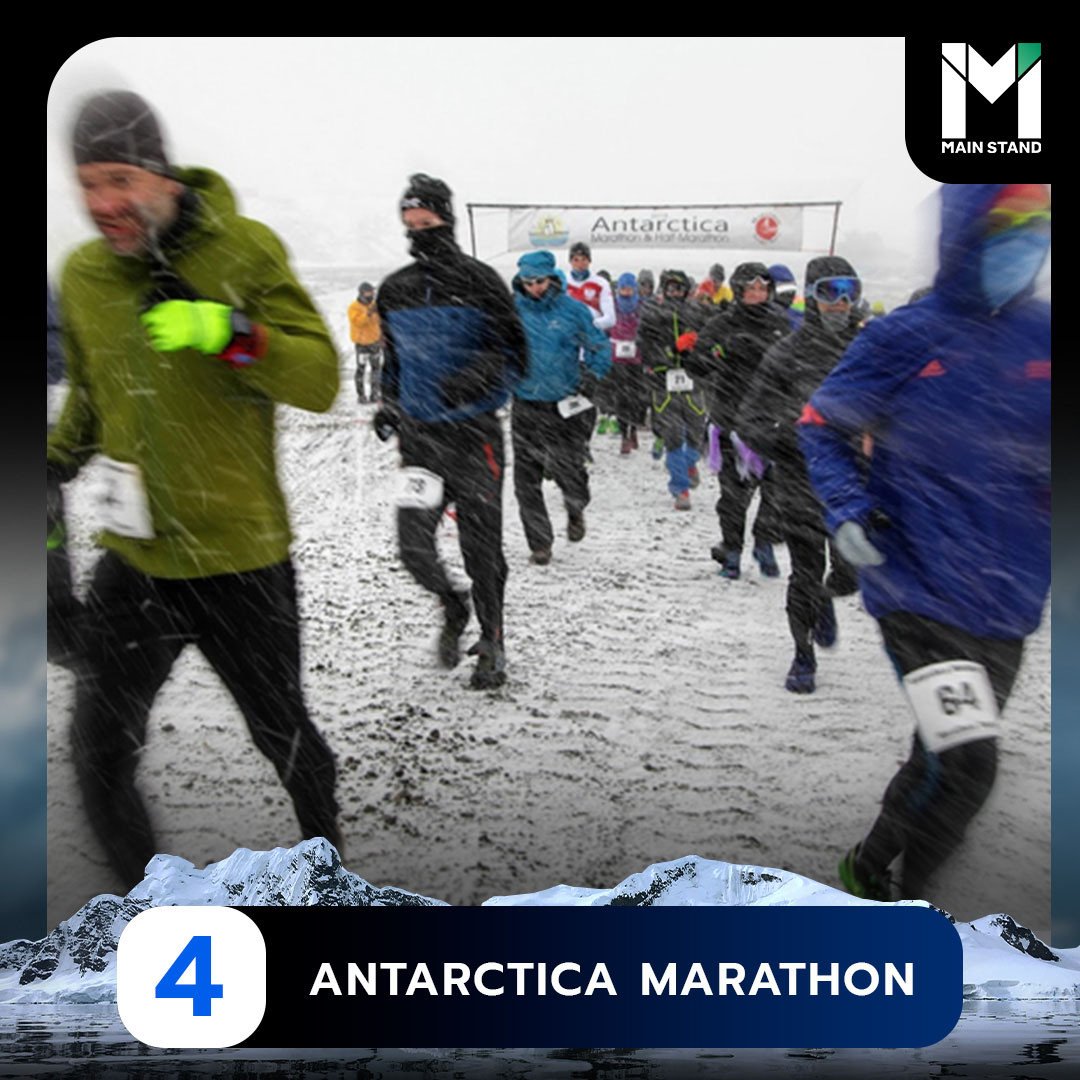
The Antarctica Marathon ‘only’ has an average temperature of minus 30 degrees Celsius. Although not as cold as the Siberia Marathon, its brutality comes not only from its temperature.
Runners in the Antarctica Marathon have to contend with something known as the Katabatic Winds, which can reach a speed of 10-25 knots, easily capable of swaying big trees. The competition requires participants to run on slippery ice and snow throughout the course. Another important thing to note is that the area for the competition takes place 3,000 feet above sea level. Being ill-prepared for the conditions can prove fatal.
This competition only allows 50 racers each year to participate and has an expensive fee of around 500,000 Thai baht.
“It’s like walking on the moon, there’s snow everywhere, it’s so cold, and the wind is so strong that it may blow you off the course if you jump,” explained Richard Donovan, a former runner in this competition.
5. Badwater Ultramarathon: Self-torture supremacy
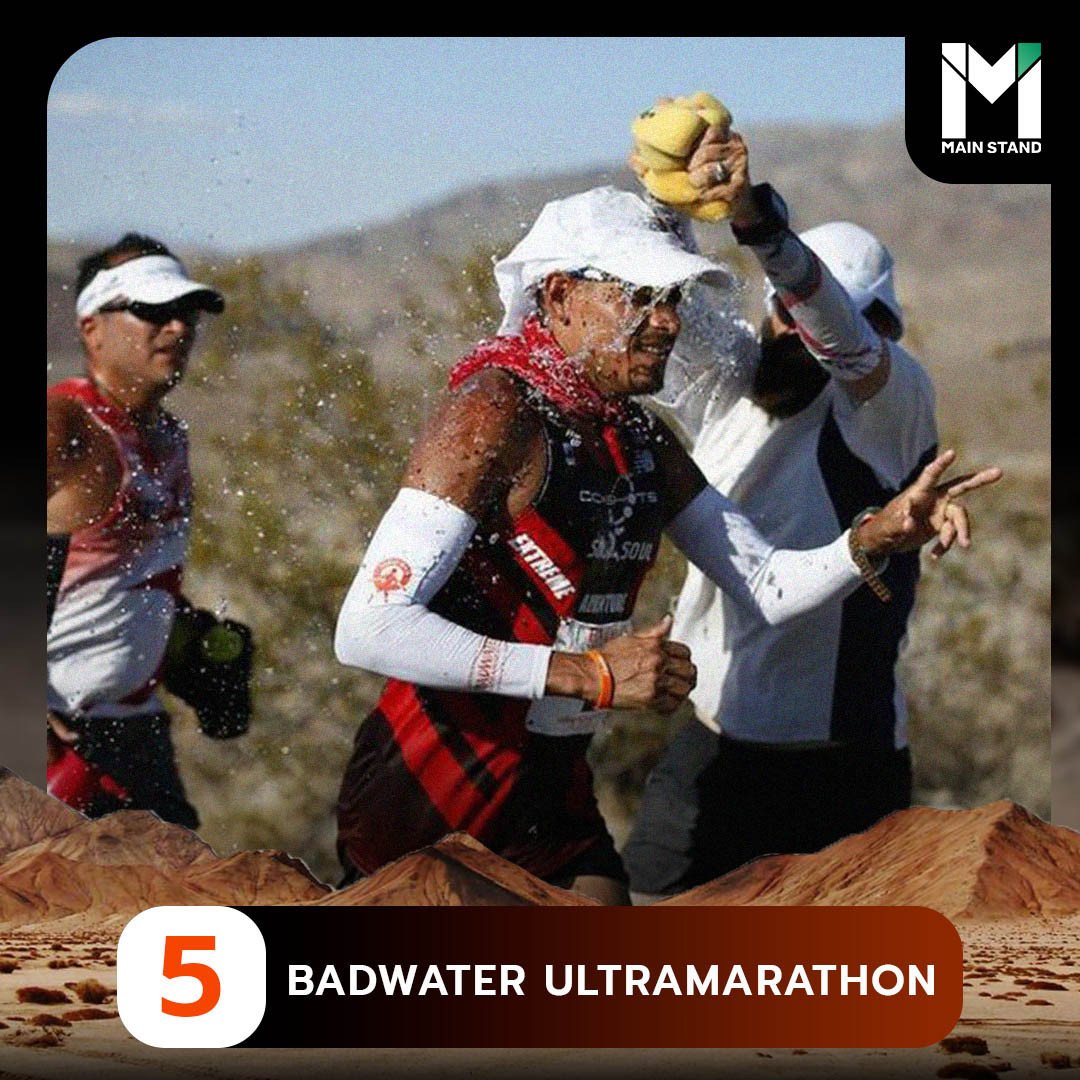
Described as the “World’s Toughest Foot Race,” the Badwater Ultramarathon relishes the reputation of brutality they have developed for themselves.
Over a distance of 217 kilometers, the race starts 85 meters below sea level in California’s death valley and ends 2,500 meters above sea level on Mount Whitney. Taking place in the summer, temperatures can reach up to 54 degrees Celsius, and runners will be greeted with signs that warn of “Caution! Extreme Heat Danger” throughout the route.
Shawn Bearden, a physiology professor from Idaho State University, once said the following about the competition: “You have a good chance of dying by the end from a condition called hyponatremia, where you effectively dilute the salts in your blood because you’re losing some of your sweat and you’re only replacing water. We’re not built to go 50 miles, 100 miles, or Badwater 135 miles. But we are capable of it.”
6. Great Wall Marathon: Never-ending steps
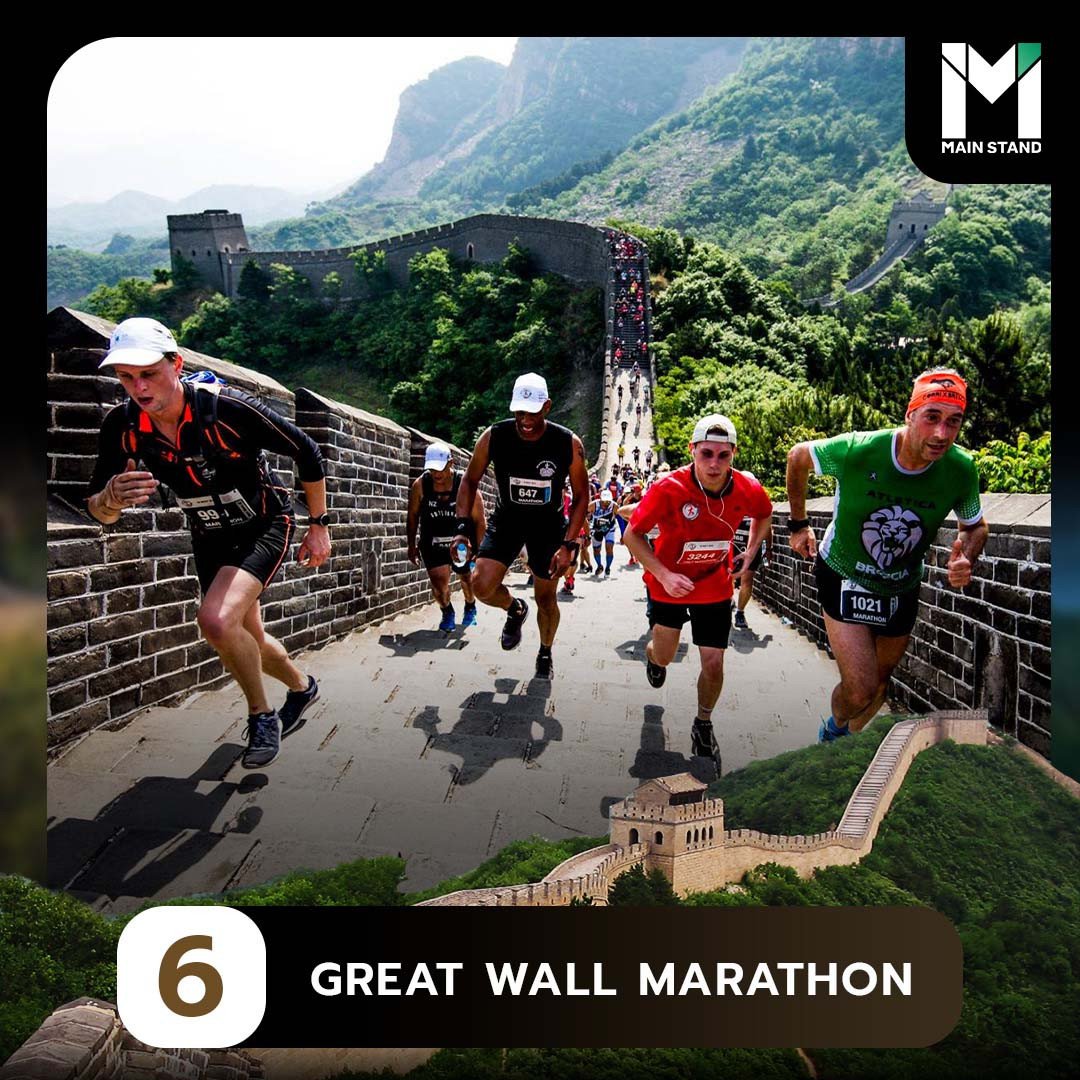
For normal people, going up four or five floors with stairs is already tiresome enough. But we will take you to another level with this marathon from China called Great Wall Marathon. It’s not only about the distance; just hearing about the number of stairs runners have to climb might already make your knees sore.
This competition was started in 1999 and has been increasing in popularity since then. Now thousands of people compete each year in two categories of the half marathon and full marathon.
Moreover, there’s also a five to ten kilometers fun run program for anyone who thinks they might not be fit enough for the main race ….but we’re here only to talk about the hard stuff.
The brutality of this contest is simply going up each 40-centimeter stair, as the contestant needs to constantly climb both up and down more than 20,000 stone staircases. Runners need to know the limit of their muscles very well to climb the staircases efficiently and know how to save energy between the staircases.
This competition has a time limit of 10 hours. The start signal rings around six in the morning and ends around four in the afternoon. Although there is still an application on their website, the Great Wall Marathon has been on hold for three years due to the covid-19 situation. For someone who’s interested to learn more information about the race, you can visit great-wall-marathon.com where the organizers aim to keep you updated.
7. Kaihōgyō: The most brutal marathon that takes seven years to finish
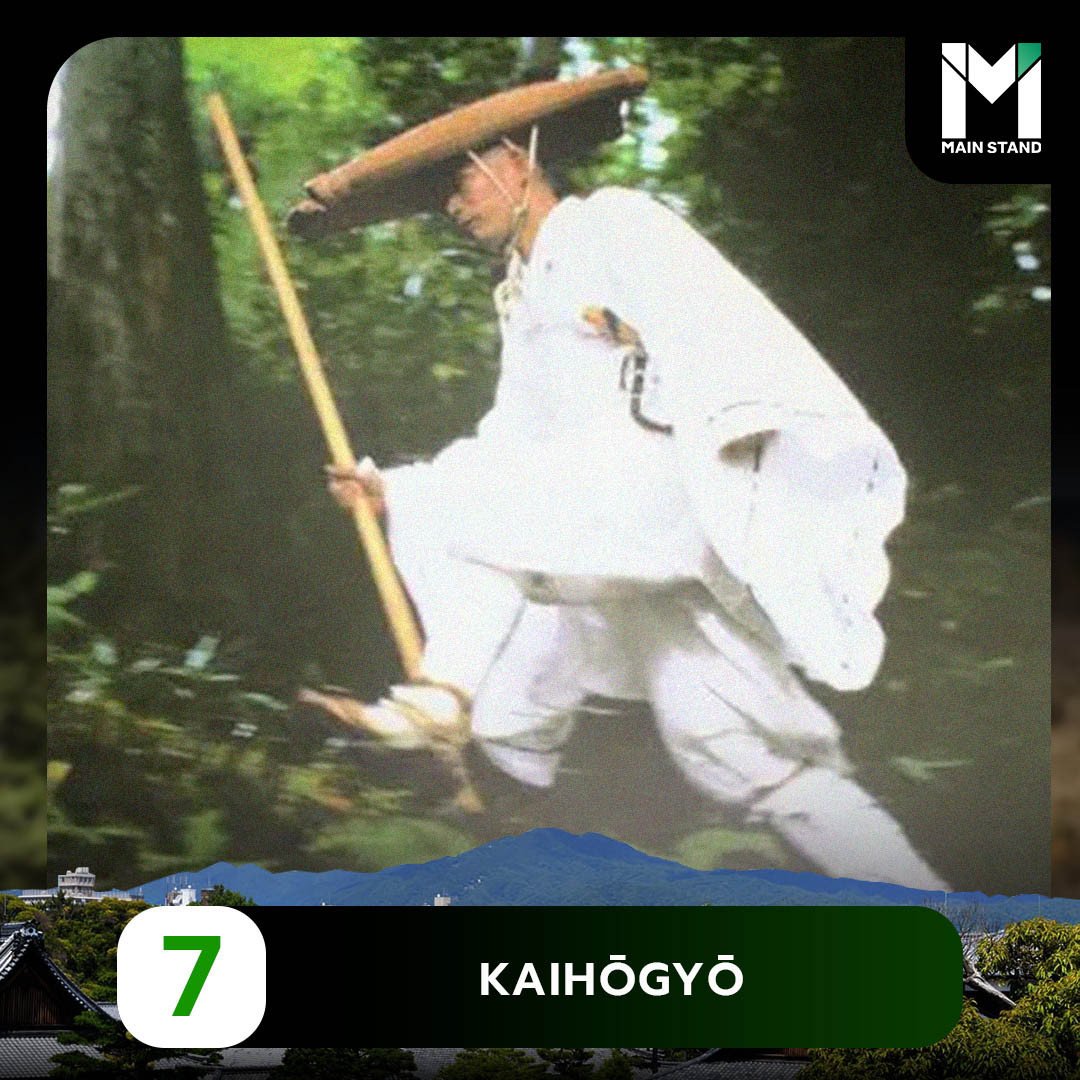
After discussing six marathons, some readers might already be interested in participating in one of these hardcore programs. But the last one on the list, “Kaihōgyō,” might be the only exception because, despite how much you’re willing to pay, you probably won’t be able to compete.
Taking place on Hiei Mountain in Kyoto, Japan, the race is only open to Buddhist monks who are followers of the Tendai school. The trail is on a long and crooked path up the mountain, which has no less than 260 shrines.
Although it sounds like a typical pilgrimage, the trail on Hiei mountain is full of tough inclines. Participants can only white Buddhist robes with straw sandals and have to walk 1,000 times over 1,000 days, about 30 kilometers each day. In addition, they are required to pray while walking or running.
After walking to the goal each day, participants must carry on with their usual Buddhist routines and duties as they used to every day. This means that monks have very little rest time. They are allowed to carry only a few things with them, one of them is a fan and a sacred bead necklace, which are metaphors for the sword and the rope of the god Fudaimyo. If a monk attending the activity wants to retire, they can only do so after 100 days of participation.
"If I was training for a marathon, I'd be able to rest at certain times. The purpose of our marathon is not to walk, per se. We visit places of worship, and we go there on foot. Then we go to another object of worship, it's like a pilgrimage," Genshin Fujinama, a monk who used to participate in Kaihōgyō, told ABC in 2004
In addition to the long walk, monks also have to participate in a ritual called Doiri, considered the most challenging part of Kaihōgyō. They have to enter a dark room in one of the temples on the Hiei mountain for nine days without any food or water, and two other monks observe them at all times. The entirety of the Kaihōgyō, from start to finish, lasts around seven years.
Because of the hardship, each year, many of the monks retire and there is only a handful who have succeeded.
Sources:
https://runningmagazine.ca/sections/runs-races/siberia-marathon-reaches-record-low-temperature-of-53-c/
http://www.marathonrunnersdiary.com/races/europe-marathons/siberian-international-marathon.php
https://www.theguardian.com/lifeandstyle/2019/jul/12/badwater-ultramarathon
https://en.wikipedia.org/wiki/Badwater_Ultramarathon


